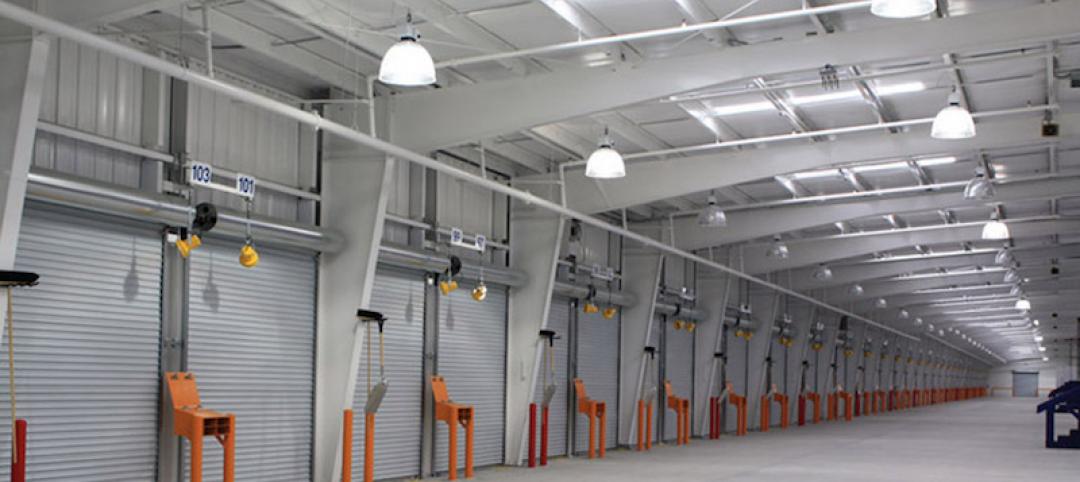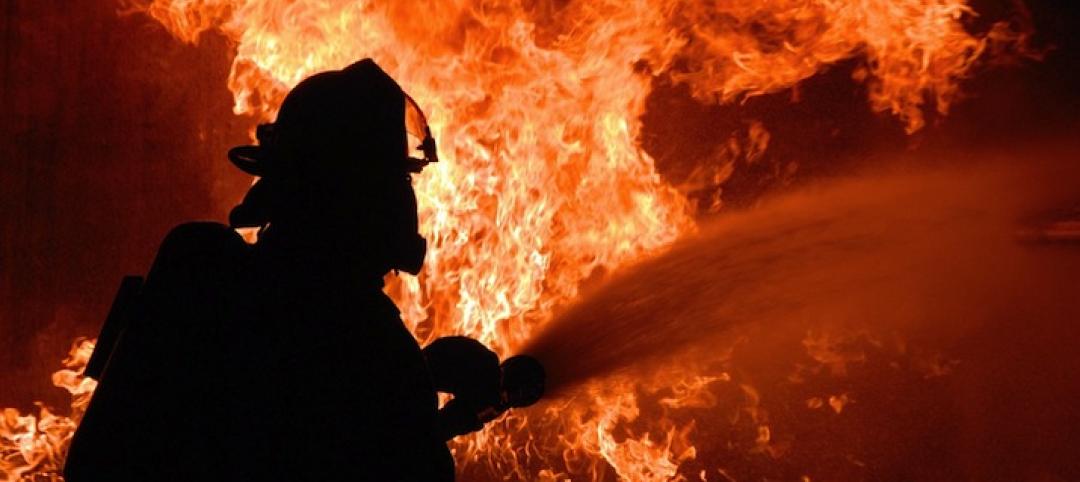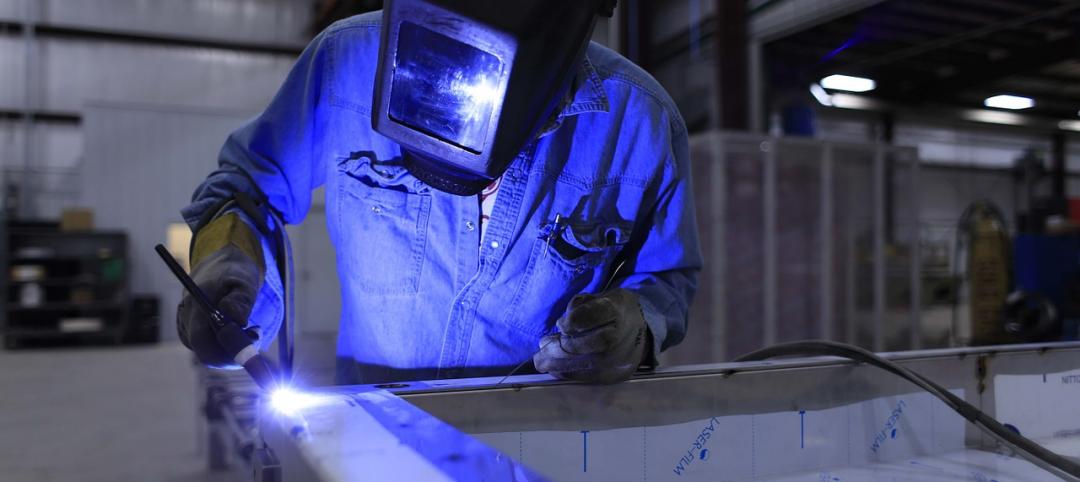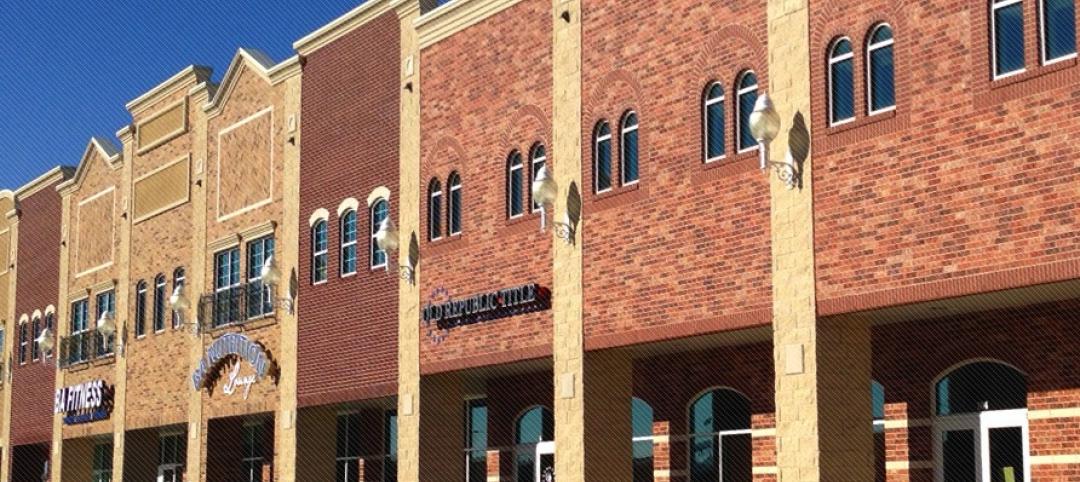Electricity has been giving people a thrill since Benjamin Franklin got a hankering one night to fly a kite. He got excited about his discovery and we’ve been excited with him ever since.
We need electricity to power our building projects, along with water and gas and a faultless sanitation system. That’s what we think about when we think about utility requirements for our building project, but are we missing something? Or even several somethings? Are the basic utility requirements all we need to consider? And have we considered all the areas they affect? Since utilities are so crucial to, not only the success of the project, but to the continued usage of the building, here are a few questions to help you cover all your bases
- Is temporary power available during construction?
- What are the building’s power requirements?
- Are existing power sources adequate for peak operation?
- What is needed with regard to:
- Gas mains?
- Water mains?
- Anti-pollution devices?
- Storm sewer drainage?
- Trenching and backfill requirements for all underground lines?
- Sanitary pits?
- Sanitary sewer?
- Overhead sprinkler?
- Will existing power and/or telephone lines need to be relocated?
- Will there be an illuminated sign?
- Is there any need for flood lighting in outside areas?
- Have the following areas been included:
- Parking lot lighting?
- Other needed exterior lighting on grounds?
- Lighted exit signs (required by OSHA)?
- Have all interior wiring requirements been considered for the:
- Lunch room?
- Restrooms?
- Janitor’s room?
- Computer requirements?
- Business equipment requirements?
- Other?
- Are electrical outlets sufficient for whatever is needed and conveniently placed?
- Do meters, transformers, circuit breakers, and sub-panels have proper capacity for future mechanical needs?
- What are illumination requirements for:
- Foot-candles in plant areas?
- In office area?
- At each work station?
- In warehouse area?
- What are the requirements for:
- Heating?
- Ventilation?
- Air conditioning?
- Will there be requirements for:
- Elevators?
- Escalators?
- What about waste disposal?
- Incinerator?
- Dispose-all?
- Trash area/bins?
- Other?
- Are there requirements for:
- Special anti-pollution devices?
- Fire/burglar alarm system?
- Public address system?
- Internal music system?
Read more from the Starbuildings blog.
Editor's note: This is sponsored content. The text and image were provided by the sponsor company.
More from Author
Allen Hurtz | Jun 20, 2017
Plan ahead when building in the west
Getting a project through plan review can be an unusually long process, anywhere from six months to two years.
Allen Hurtz | May 22, 2017
Tapered columns can slim down costs
In many metal building applications, straight columns may have more steel than they need.
Allen Hurtz | Apr 11, 2016
MBMA works with Underwriter’s Laboratory to fire test metal buildings
The fire safety of metal building systems is crucial. The ability of a metal building to prevent or slow down the spread of fire protects the structure and saves occupants' lives.
Allen Hurtz | Aug 6, 2015
How metal building systems work
In a contemporary metal building system, the size and shape can be just about whatever the project "wants."
Allen Hurtz | Jun 4, 2015
How big of a building do I need?
Here is some advice on how metal buildings can be a solution for space shortages
Allen Hurtz | Apr 3, 2015
The inherent sustainability of steel
The steel in a metal building system may contribute to points for Recycled Content under the USGBC’s Leadership in Energy and Environmental Design (LEED) system.
Allen Hurtz | Jan 23, 2014
Think you can recognize a metal building from the outside?
What looks like brick, stucco or wood on the outside could actually be a metal building. Metal is no longer easily detectable. It’s gotten sneakier visually. And a great example of that is the Madison Square retail center in Norman, Okla.














